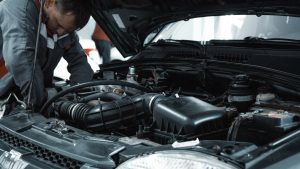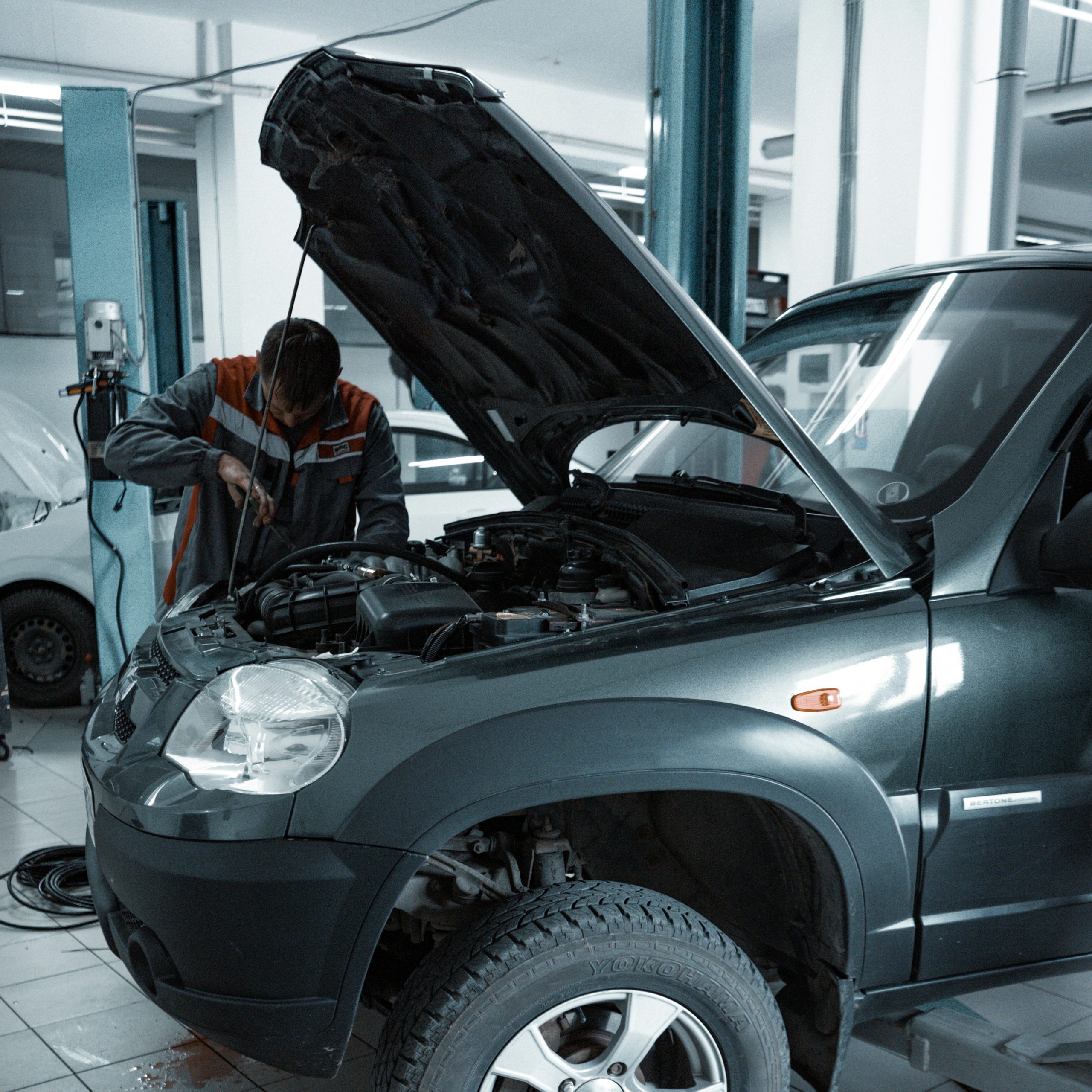This is a question we get asked a lot. Usually in the context of “When should I replace my injectors?”. And especially by Ford Ranger and Mazda BT-50 3.2 litre diesel owners concerned with the dreaded #3 cylinder failure caused by a faulty injector. My usual answer is to only replace (or remove and test) injectors when there are symptoms of injector problems.
One of the most damaging faults with common rail injectors is leaking, which is also called over-fuelling. This occurs when the pintle at the injector nozzle does not fully close and allows excessive diesel to leak into the cylinder. Left unchecked, a leaking injector may result in cracked cylinder heads, cracked or burnt pistons and even complete engine seizure as the excessive diesel washing the engine oil away from the wall of the cylinder.
So yes, faulty common rail injectors will cause engine damage, and even complete engine failure. But there are usually warning signs long before any damage occurs.
Here’s a few things to look out for:
Blowing Black Smoke
If your common rail diesel is blowing black smoke, there’s something wrong! Modern diesel engines shouldn’t blow black smoke. One of the most common problems is one or more leaking injectors delivering excessive fuel into the cylinder. Because there isn’t enough oxygen to burn all the fuel, the unburnt fuel burns in the exhaust and is emitted as black smoke (or soot).
Of course, black smoke could be caused by other problems, such as an EGR fault, leaking induction system or blocked inlet manifold. These problems won’t usually cause engine damage. But if your diesel is blowing black smoke, have it checked as soon as possible to make sure it isn’t a leaking injector.

Excessive DPF Regens
If you have a later model diesel fitted with a DPF (or diesel particulate filter), then it won’t blow black smoke. Diesel particulate is a fancy name for soot, or black smoke. So the best way to think of a DPF is that it’s a soot filter. Therefore, if your engine is emitting black smoke, it won’t come out the tailpipe, it will be trapped in the DPF. And once the DPF is “full” the ECU will attempt to regenerate the DPF to turn that soot into ash (which is less than one percent of the volume of soot), making space for the next soot load. Therefore, if you have a leaking injector creating excessive soot, your DPF will need to regenerate more frequently to deal with the higher soot load.
Some makes will turn on a DPF light on the dashboard when a regen is occurring. But many give no indication at all. In these cases, there are many apps on the market that allow the owner to monitor DPF performance and many other engine functions. These apps consist of a dongle that plugs into the car’s OBD2 port and either connects to a dedicated screen or to a smartphone via Bluetooth. They are much, much cheaper than replacing healthy injectors and will give you the added peace of mind that comes with the knowledge that your engine is functioning normally.
Rising Oil Level And Diluted Engine Oil
Sometimes, the excessive fuel delivered by a leaking injector isn’t all burnt as black smoke. Sometimes it goes past the piston and rings and settles in the sump, diluting the engine oil. This is very easy to monitor through two simple checks.
The first one is to simply regularly check your engine oil level. If it starts to rise above the full mark, then it may be from unburnt diesel from a leaking injector. So if you do notice your oil level rising, do the second check, which is to put a drop of oil from the dipstick onto a piece of tissue paper. If the oil is diluted with diesel, then the diesel will spread faster than the oil, creating a light ring around the drop of black oil in the first few seconds. This is a good sign of oil dilution.
But a note of caution. On DPF equipped engines, oil dilution can occur as a normal part of the regen process. And in most cases the manufacturer will equipe the ECU with one of more strategies to monitor oil dilution. For example, vehicles with Mitsubishi’s 2.4l diesel engine have an “X” on the dipstick to indicate the maximum diluted oil level. In addition, the ECU for these engines will also calculate an oil dilution level and turn on the DPF light if the oil level gets too high. When this occurs, it’s most likely a problem with excessive soot generation, which could be a leaking injector. But as I’ve outlined above, it could be from a few other causes as well.
Listen For Engine Knock
This is one of the most obvious signs of injector issues. Basically, if fuel is delivered too early during the compression stroke, or too much fuel is delivered then a knocking noise is the likely symptom. Listen to your engine when it’s idling, but only when warm as diesels will usually knock more when cold regardless of injector health. Is there a distinct knocking noise? If you’re concerned, listen to a similar vehicle as a comparison. If you’re still concerned, then have your vehicle checked by a mechanic.
So there you have it! You don’t need to spend thousands of dollars needlessly replacing healthy injectors. But you do need to pay a little bit of attention to the health of your diesel engine, and have it checked by a competent diesel mechanic if you have any concerns.








